What Is The Purpose Of A Camera Filter?
Camera filters are essential tools in the world of photography, offering a range of benefits that can significantly enhance the quality and creativity of your images. Understanding the purpose of camera filters can help photographers, both amateur and professional, make informed decisions about which filters to use and when. This article delves into the various purposes of camera filters, their types, and how they can be effectively utilized to achieve desired photographic outcomes.

Enhancing Image Quality
One of the primary purposes of camera filters is to enhance image quality. Filters can help manage light in ways that the camera's sensor alone cannot. For instance, UV filters are commonly used to reduce the haziness caused by ultraviolet light, especially in high-altitude or coastal areas. This results in clearer, sharper images with better contrast.
Controlling Light and Exposure
Neutral Density (ND) filters are invaluable for controlling light and exposure. These filters reduce the amount of light entering the lens without affecting the color of the image. This is particularly useful in bright conditions where you might want to use a slower shutter speed or a wider aperture. For example, ND filters allow for long-exposure shots in daylight, creating effects like smooth, flowing water or motion blur in clouds.
Enhancing Colors and Contrast
Polarizing filters are another popular type of camera filter that can dramatically enhance colors and contrast. By reducing reflections and glare from non-metallic surfaces like water or glass, polarizing filters make skies appear bluer, foliage greener, and overall colors more saturated. This can add a level of vibrancy and depth to your photos that is difficult to achieve through post-processing alone.
Special Effects
Special effects filters, such as star filters or infrared filters, can add unique artistic elements to your photos. Star filters, for instance, create starburst effects from point light sources, adding a magical quality to night-time photography. Infrared filters, on the other hand, capture light in the infrared spectrum, producing surreal, dream-like images that can transform ordinary scenes into extraordinary ones.
Protecting Your Lens
While not necessarily enhancing the image itself, some filters serve the practical purpose of protecting your lens. UV filters and clear protective filters can shield the front element of your lens from dust, scratches, and smudges. This is particularly useful in harsh environments where your lens might be exposed to the elements.
Balancing Exposure in High-Contrast Scenes
Graduated Neutral Density (GND) filters are designed to balance exposure in high-contrast scenes, such as landscapes with bright skies and darker foregrounds. These filters are darker at the top and gradually transition to clear at the bottom, allowing photographers to capture a well-exposed sky without underexposing the landscape below. This is especially useful for sunrise and sunset photography.
Reducing Reflections and Glare
In addition to enhancing colors, polarizing filters are excellent for reducing reflections and glare. This is particularly useful in situations where you are photographing through glass or water. By rotating the polarizing filter, you can minimize unwanted reflections, allowing the true colors and details of the subject to come through.
Achieving Creative Effects
Creative filters, such as soft focus or color filters, can be used to achieve specific artistic effects. Soft focus filters create a dreamy, ethereal look by diffusing light, which is ideal for portrait photography. Color filters, on the other hand, can add a specific hue to your images, enhancing the mood or atmosphere of the scene.
Correcting Color Temperature
Color correction filters, such as warming or cooling filters, are used to adjust the color temperature of your images. This is particularly useful in situations where the lighting conditions are not ideal, such as shooting under artificial light. By using these filters, you can achieve a more natural and balanced color representation in your photos.
Practical Applications and Tips
Understanding the various purposes of camera filters is one thing, but knowing how to use them effectively is another. Here are some practical tips for getting the most out of your camera filters:
1. Know When to Use Each Filter: Different filters serve different purposes, so it's essential to know when to use each one. For example, use a polarizing filter on a sunny day to enhance colors and reduce glare, or an ND filter for long-exposure shots in bright conditions.
2. Stacking Filters: While it is possible to stack multiple filters on your lens, be cautious as this can lead to vignetting (darkening of the corners) and reduced image quality. Use stacking sparingly and only when necessary.
3. Invest in Quality Filters: Cheap filters can degrade image quality, introducing unwanted artifacts and reducing sharpness. Invest in high-quality filters from reputable brands to ensure the best results.
4. Keep Your Filters Clean: Dirty filters can negatively impact image quality. Regularly clean your filters with a microfiber cloth and appropriate cleaning solution to maintain their effectiveness.
5. Experiment and Practice: The best way to understand the impact of different filters is to experiment and practice. Take the time to shoot in various conditions and with different filters to see how they affect your images.
Camera filters are versatile tools that can significantly enhance the quality and creativity of your photography. From controlling light and exposure to adding special effects and protecting your lens, filters serve a wide range of purposes. By understanding the different types of filters and how to use them effectively, you can take your photography to the next level and achieve the desired outcomes in your images. Whether you are a beginner or a seasoned professional, incorporating filters into your photographic toolkit can open up new possibilities and help you capture stunning, high-quality photos.





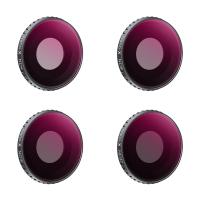
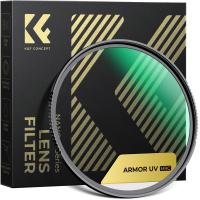

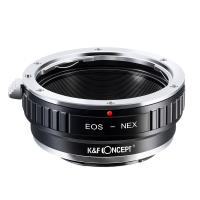
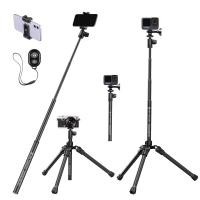

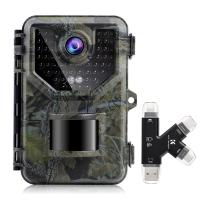


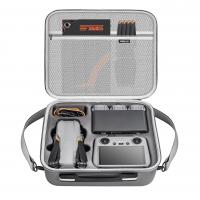


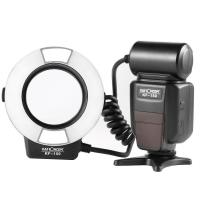


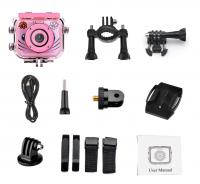




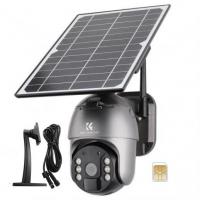
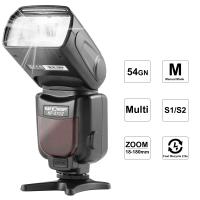



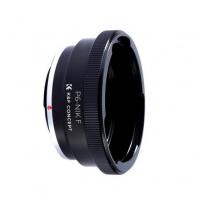

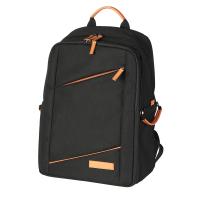
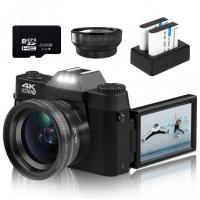
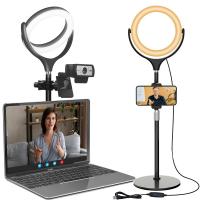

There are no comments for this blog.